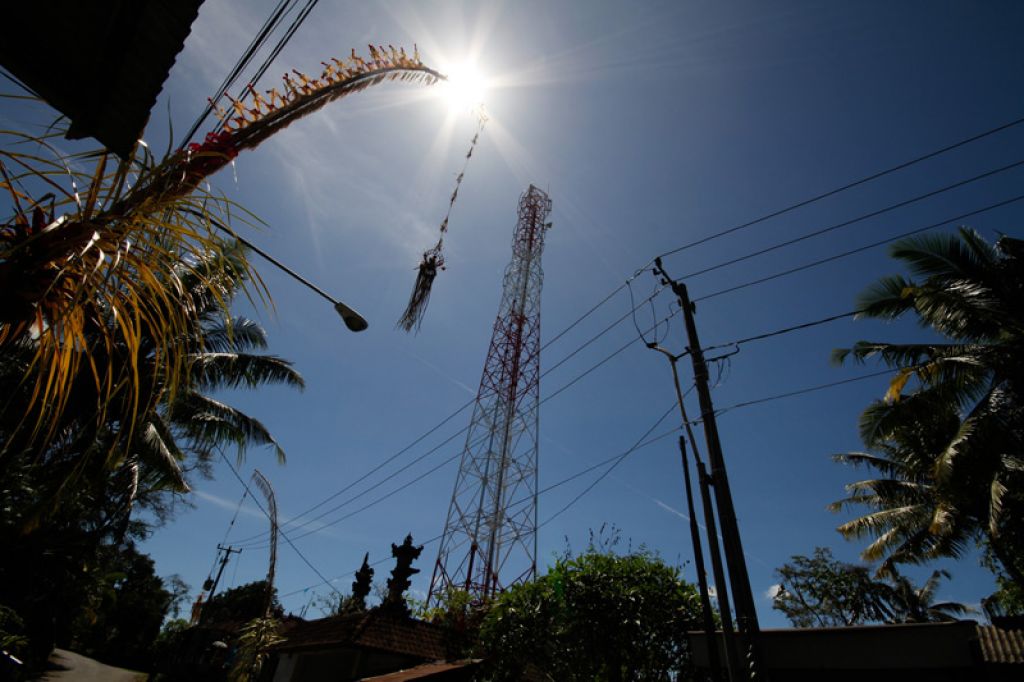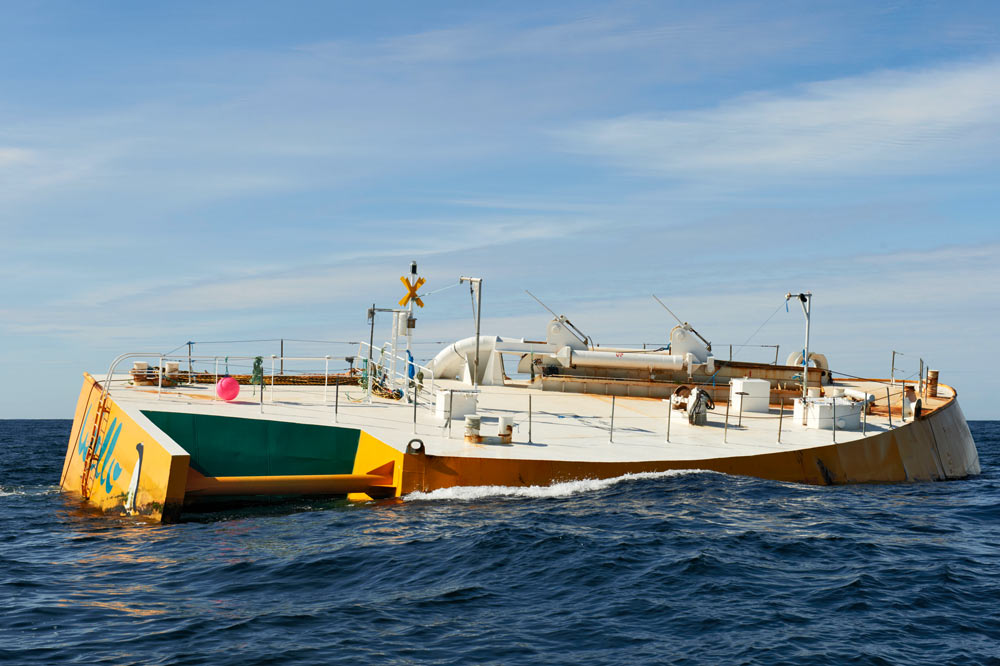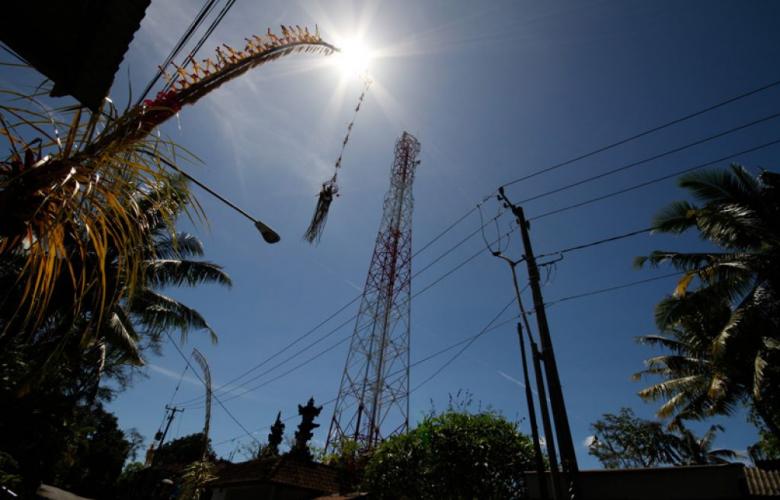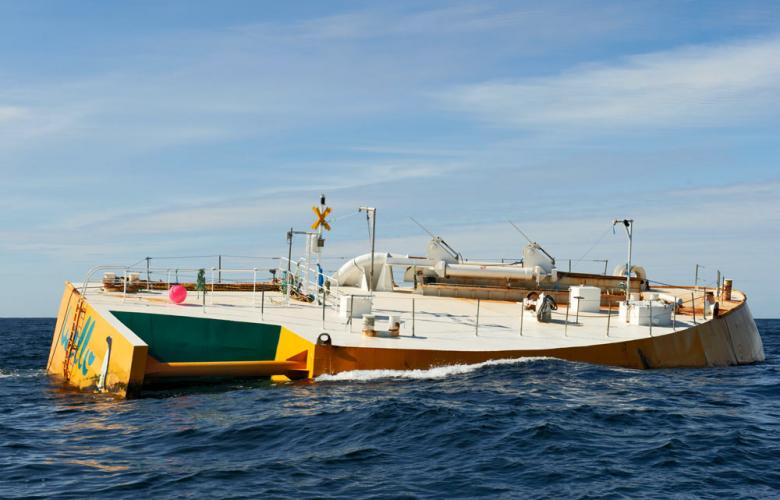Bali's dependency on tourism means demand for consistently delivered power has made the island one of the highest consumers of electricity in Indonesia. Despite the island having its own power plants as well as being supplied by neighbouring Java, more electricity is needed.
The proposed "Java-Bali Crossing" is one plan to increase supply, diverting excess power generated in East Java to Bali via two 376 meter tall towers. This idea proposed by state run electricity company PLN, however, has met with resistance from local Balinese religious leaders, who are concerned the tall towers would be located too close to temples.

The Java-Bali Crossing project involving two towers will be the world’s tallest power pylons. Source: Asian Development Bank
Tall constructions are considered inappropriate in Bali, where building height is measured by the height of coconut trees. Local Hindu's believe anything taller would anger the gods that inhabit the island.
In addition reports that the foundations of the giant supporting tower on the Bali side would transgress the sacred grounds of the Segera Pupek Temple at the West Bali National Park have also raised concerns.
According to a recent report from Antara News, the Governor of Bali, Made Mangku Pastika has added his voice in objecting the project, despite assurances from PLN that the towers would be moved a safe distance away from any religious locations.
Pastika offered his support for the Hindu community as well as suggesting Bali would be better off with its own independent electricity source. "Bali needs to be independent of energy, but Bali needs electricity. If it is self-sufficient, it is possible to produce an independent choice," he said.
The improvement of national power generation and electricity access is part of the Government’s wider plan for infrastructure support across the country. The "20/25" initiative, which plans to have 25% of the country "Off-Grid" by the year 2025 is one way to achieve this and Bali is determined to be on the cutting edge.
EcoMagazine recently reported that Gapura Energi Utama (GEU), an Indonesian infrastructure construction company, has ordered a 10 MW Wello Penguin wave energy park, which will be off Nusa Penida. Once completed it will be the largest wave energy park of its kind in the world.

Wello Penguin vessels float on water and capture the kinetic energy of the waves, to create electrical power. Source: Wello
Wello Penguins produce sustainable, clean energy in harmony with the environment. The vessels are positioned away from wave-breaking zones and capture the kinetic energy of the waves, turning it into electrical power. The "fleet" can consist of anything form one unit upwards, depending on the desired energy production capacity. The Penguins are anchored to the sea bottom and only 2 meters of each unit is visible above the surface.
Sources: Antara News, The Jakarta Post, Eco Magazine, Nusa Bali, PricewaterhouseCoopers, Wello
Similar to this:
A first in Bali: turning trash into alternative energy
Years of living prosperously? Jokowi's nine priorities for equitable development
Bali investing in infrastructure









